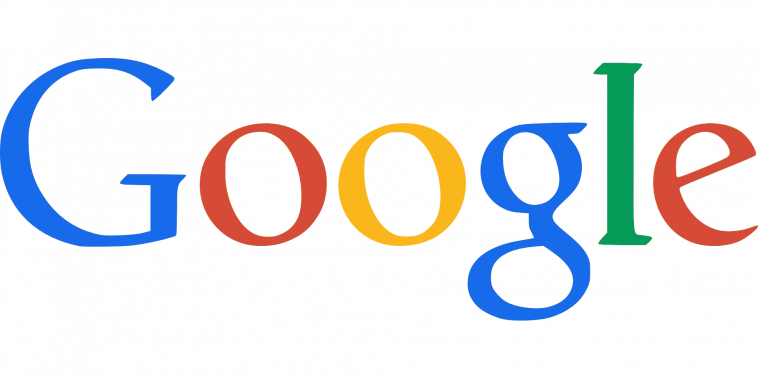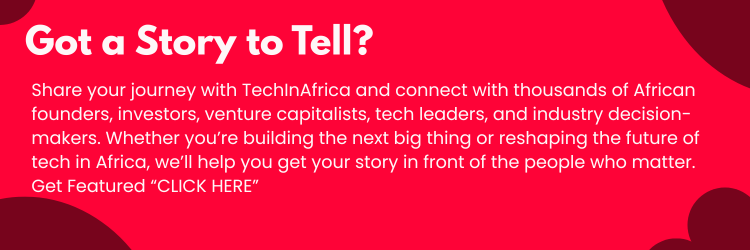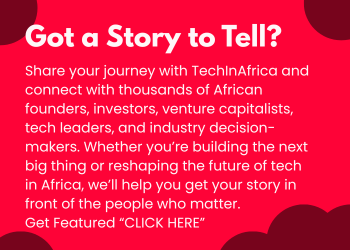Google is revolutionising creativity within its Workspace tools by introducing Gemini’s image generation feature in Google Docs. Leveraging its advanced Imagen 3 model, the tech giant now allows paid Workspace users to generate photorealistic custom images directly within Google Docs. This innovative feature serves as a compelling alternative to traditional stock images, catering to both professional and creative projects.
Building on the success of its AI-powered visual tools, Google previously launched the “Help me visualize” feature in Google Slides back in August. Now, with this latest update, users can effortlessly craft unique inline images or full-bleed cover images by simply providing text prompts. This development makes it easier than ever to enhance documents with stunning, personalised visuals.
This capability is particularly valuable for professionals looking to create visually impactful documents such as restaurant menus, marketing briefs, or promotional materials. In a recent blog post, Google emphasised the potential of this new feature to transform the way users customise their content, seamlessly blending creativity and practicality.
To use cover images generated by AI in Google Docs, users must activate the pageless mode, which enables the image to span the full width of the document.
However, this feature is not available for free users. Currently, text-to-image generation in Docs is limited to paid subscribers, including those on Google Workspace Business, Enterprise, Education Premium, or Google One AI Premium plans. Google has noted that the rollout will be gradual, and eligible accounts, especially those on scheduled Workspace release timelines, may need to wait before gaining access.
These enhancements reflect Google’s ongoing commitment to making its Workspace tools smarter and more creative. Since integrating the Gemini AI model into Google Workspace in June 2024, Google has consistently added AI-driven features across its tools, such as Docs, Slides, Sheets, and Drive. These capabilities now include tasks like summarising, analysing, and generating content, cementing Workspace’s position as a powerful hub for productivity and innovation.
Microsoft, Google’s primary competitor, has already integrated AI-powered image generation into its Word and PowerPoint applications through Microsoft Designer and Copilot. Using OpenAI’s DALL-E 3, users can effortlessly create and insert AI-generated images into their documents or slides by simply describing their desired visuals.
In addition to image generation, Microsoft has expanded the reach of its AI assistant, Copilot, across various tools in its suite. From Word and Excel to PowerPoint, Outlook, and Teams, Copilot enhances productivity by seamlessly embedding AI-driven features throughout the platform.
While Google’s rollout of these AI capabilities has been more gradual, its recent updates suggest it is making significant strides to close the gap and stay competitive in this rapidly evolving space.





